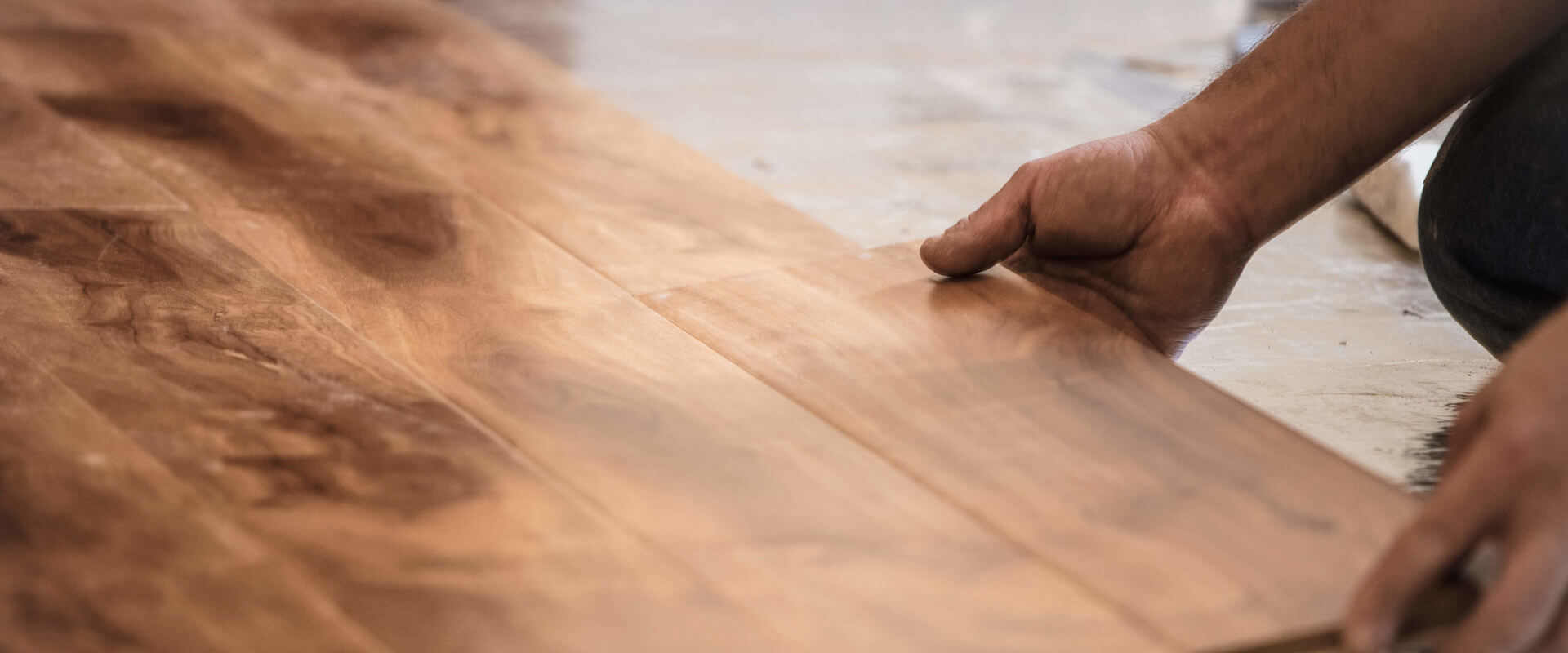Every room is different, and every room will require a unique amount of hardwood flooring. The exact amount you need comes down to a matter of one key factor: size. Estimating the amount of hardwood floor you’ll need is easy enough — you’ll want to find the area, which can be calculated by multiplying the length by the width.
In perfectly rectangular or square rooms, this is pretty simple: you’ll get a tape measure and take the measurements of two perpendicular sides, and you’ll want to get your figures nice and precise. If your dining room is 20 feet long and 10 feet wide, you’ll be working with about 200 square feet of hardwood floor.
The area can be a step more involved to calculate if your space is an uneven shape. Perhaps you have a square room with a rectangle bit jutting off the end of it for an entry way or closet. In this case, take each of the individual areas and add them together for a grand total. Be sure to factor in all the nooks and crannies!
In addition to your sum total, it is recommended that you add in about a 10% waste factor for fitting and errors. (This can be higher or lower depending on the quality of wood used.) So, for that 200-square-foot dining room, professionals would likely recommend getting 220 square feet of hardwood flooring. Better to over order and get the job done efficiently than underdo it and have to pause for a new order of flooring to come in.
Aesthetic factors may also come into play when it comes to how much flooring you’ll need. Molding and shifts in texture will greatly affect your calculations. For molding, decide if you want your walls flush to your floor, or if you want some kind of molding accent that offsets the wall from the floor. Depending on how far out this molding comes onto your floor, that will add up across an entire room, affecting the amount of wood needed.
Similarly, if at any point you want the flooring to change room to room, or even in part of one room to create visual variety and have two different floorings types (tile, rug, etc) coexist in one space, that will affect the amount of flooring you should measure for. Naturally, only calculate what you’ll need, with the waste factor added in.
You’ll also want to factor in your budget: standard hardwood comes in a variety of colors and sizes, and can sometimes include installation and material fees together. This can, of course, fluctuate depending on the quality. So if you have about $1500+ to work with, you should consider having hardwood floors for one room that’s about 200 square feet, or two smaller rooms that add up to that value.
Hardwood flooring is a classic choice for homes that always looks fresh and is easy to clean. If you are looking to get new floors in your house, trust ACS Flooring — New Jersey’s premier residential and commercial flooring company — to work with you on the project of your dreams!
